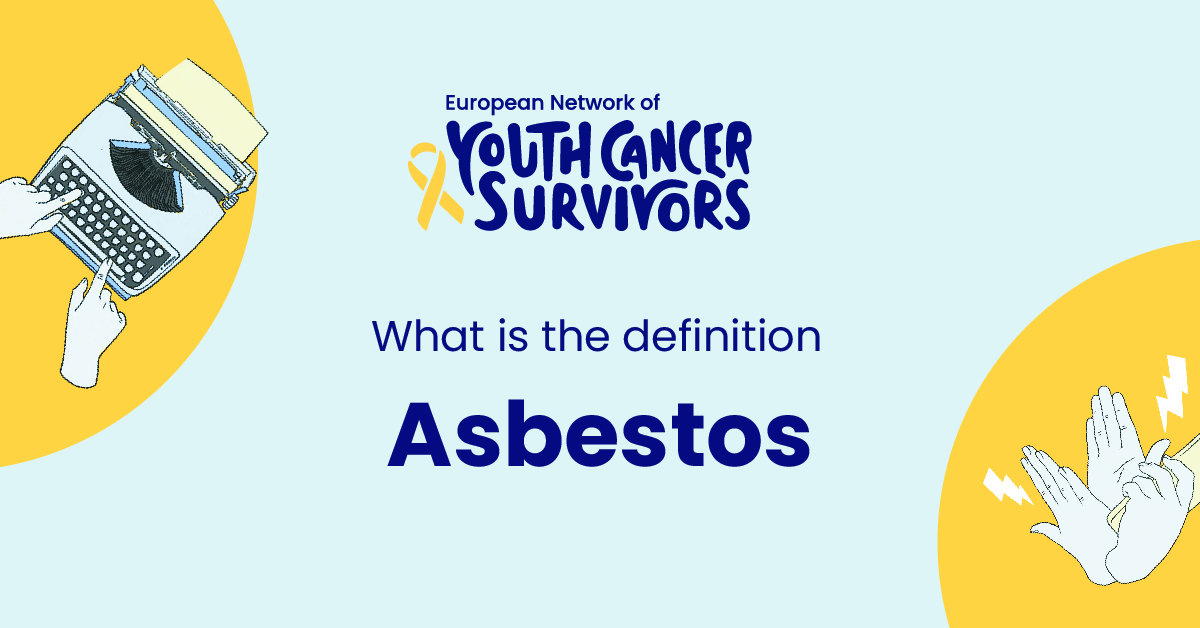
Asbestos is not an unfamiliar term, it has long been in the news and public mind for its renowned harmful effects on human health. However, the need to get a comprehensive understanding of asbestos, its origins, its types, its potential dangers, and the various misconceptions around it remain pertinent. Therefore, this article seeks to bridge the knowledge gap for everyone.
Understanding Asbestos: Definition and Origin
Definition of Asbestos
Asbestos refers to a group of naturally occurring silicate minerals characterized by long, thin fibrous crystals. These minerals are acclaimed for their impressive heat and chemical resistance, tensile strength, and insulating properties.
Historical Overview of Asbestos Usage
The usage of asbestos dates back to thousands of years ago. Historically, it was used in clay pots and also for wicking in ancient lamps. However, its use escalated during the Industrial Revolution, where it was incorporated in numerous products for its durability and fire resistance.
Natural Occurrence and Properties of Asbestos
Asbestos is formed in the earth’s crust through metamorphic processes, where rocks with high silicate content are subjected to extreme heat and pressure. These crystals have unique properties, including incredible fire resistance, electric and thermal insulation, and chemical resilience.
The Different Types of Asbestos
Chrysotile Asbestos
The most commonly used asbestos type is Chrysotile, also referred to as white asbestos. Its fibers are notably curly and flexible, which makes it easy to weave them into fabrics.
Amosite Asbestos
Amosite, or brown asbestos, exhibits straighter and shorter fibers. It was primarily used for its exceptional heat resistance properties in construction materials.
Crocidolite Asbestos
Recognized as blue asbestos, Crocidolite holds the reputation of being the most lethal. Its remarkably thin fibers can easily penetrate lung tissue, leading to severe health issues.
Tremolite, Anthophyllite, and Actinolite Asbestos
Although these types are not commercially used, they coincide with other mined minerals and thus can contaminate other types of asbestos.
The Dangers and Health Hazards of Asbestos Exposures
What Happens When You Inhale Asbestos
Asbestos fibers’ characteristic tiny size allows them to be inhaled easily. Once inhaled, these fibers can lodge themselves deep into the lungs’ tissues, triggering an inflammatory reaction that can ultimately lead to the formation of deadly diseases.
Diseases Linked to Asbestos Exposure
Asbestos-related diseases are progressive and often fatal. They include Mesothelioma, a rare but aggressive form of cancer that affects the linings of the lungs or abdomen; Asbestosis, a chronic respiratory disease that causes lung tissue scarring and Lung cancer.
How Asbestos Exposure Can Occur
Asbestos exposure can occur by breathing in airborne asbestos fibers in workplaces, homes, or buildings that contain asbestos materials. Construction workers, miners, and others in similar professions are at the highest risk of exposure.
Debunking Common Misconceptions About Asbestos
Myth vs. Fact about Asbestos
One prevailing myth is that asbestos is banned worldwide. However, the reality shows that asbestos mining and use are still permitted in several countries. Another misconception is that everyone exposed to asbestos will suffer from health issues, which is not always the case.
Debunking the Misconception That Small Exposures are Safe
There is no safe level of asbestos exposure. Even brief, small exposures can lead to the onset of asbestos-related diseases several years or decades later.
Get to know us better
If you are reading this, you are in the right place – we do not care who you are and what you do, press the button and follow discussions live

The Legal Aspect of Asbestos
Laws and Regulations Surrounding Asbestos
Diverse laws and regulations have been initiated to regulate the use of asbestos. For instance, the United States Environmental Protection Agency (EPA) has instituted several bans for particular forms of asbestos and their uses.
How Asbestos is Managed and Regulated
Regions with regulations have set up guidelines for the management of asbestos, including its removal, handling, and disposal by licensed professionals who follow proper safety measures to protect themselves and the general public.
Conclusion
In summary, asbestos is a mineral with unique properties that led to its extensive usage. But its lethal impacts on health, especially lung diseases, are noteworthy. Therefore, it’s vital to unravel the misconceptions and reinforce the adequate measures to safeguard against its hazards.
Lives can be saved through knowledge and due diligence. Hence, we should endeavor to increase awareness about asbestos and its associated risks, an effort that starts with each one of us.
FAQs
- What is Asbestos and where is it commonly found?
Asbestos is a group of naturally occurring silicate minerals. It is often found in buildings, including homes, factories, and offices as it was extensively used in construction materials.
- What are the main types of asbestos and how do they differ?
The main types of asbestos include Chrysotile, Amosite, and Crocidolite. They primarily differ in their physical characteristics and the level of harm they can cause to human health.
- What health risks are associated with asbestos exposure?
Asbestos exposure can result in several serious diseases including Mesothelioma, Asbestosis, and Lung cancer.
- Are there safe levels of asbestos exposure?
No level of asbestos exposure is safe. Even minor exposures can result in the illness or death of someone who comes into contact with asbestos particles.
- What precautions can be taken to avoid exposure to asbestos?
Precautions can involve regular and thorough inspections of buildings, following rules for the handling and disposal of asbestos, and reaching out to professionals if asbestos is suspected to be present.

















Comments
Thank you. Comment sent for approval.
Something is wrong, try again later